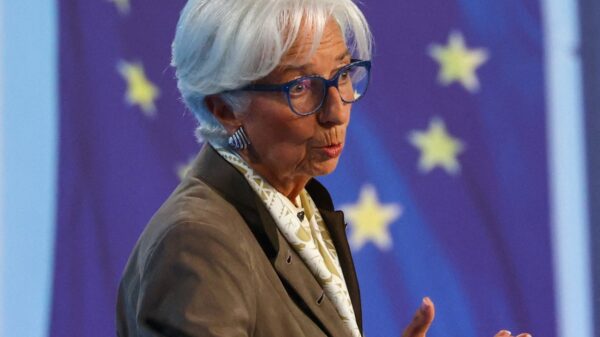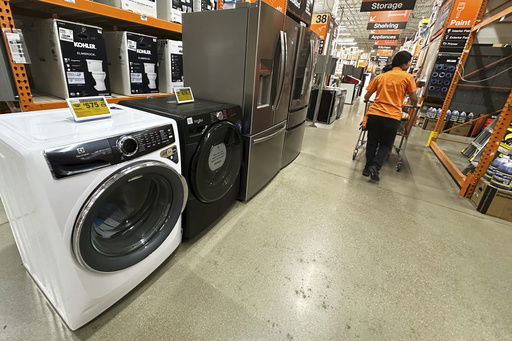New tariffs imposed by the United States on imported goods are set to significantly affect American consumers and businesses. On Thursday, the U.S. government announced higher tariffs on products from nearly 70 countries, marking the highest overall import tax rate in nearly a century. The implications of these tariffs could vary widely, with rates ranging from 15% to 55%, depending on the country of origin and product type.
The new tariffs will impact a broad spectrum of imports, with a majority of affected countries facing a 15% tax on exports to the U.S., while certain Asian nations will see rates go as high as 19%. A particularly steep tariff of 55% on Chinese goods will come into effect next week unless a trade agreement is reached. As a result, U.S. businesses and consumers are beginning to feel the effects, with some retailers already reporting increases in prices for essentials.
According to the Budget Lab at Yale University, these tariffs could lead to an estimated increase in prices of 1.8% in the short term. This translates to an average loss of income of approximately $2,400 per household in the U.S. Retailers have managed to keep prices stable thus far, but industry experts warn that the recent increases will change this trend.
Understanding the Tariff Landscape
The tariffs were initially announced by President Donald Trump in April, aimed at boosting domestic manufacturing and addressing perceived unfair trade practices. Following a brief pause, a 10% tax was applied to most imports, with further announcements in July regarding country-specific tariffs set to take effect in August.
Notably, the U.S. also enforced tariffs on imports from Canada, Brazil, and India, with the latter’s rate increasing from 25% to 50% for purchases of Russian oil. Other significant tariffs include a 50% levy on aluminum and steel and potential tariffs on computer chips not produced within the U.S. These measures have drawn criticism from various sectors, including the alcohol industry, which expressed concern over the impact of a 15% tariff on European wines and spirits, potentially leading to 25,000 job losses.
Consumer Prices on the Rise
The tariffs are already influencing prices across multiple sectors. The U.S. Commerce Department reported a 2.6% increase in prices for June, up from 2.4% in May. Items such as furniture, toys, and clothing are expected to see significant price hikes, with estimates suggesting that shoe prices could rise by 39% temporarily and remain 19% higher long-term. Apparel could see similar increases, with a projected 37% temporary rise and an 18% sustained increase.
Food prices are also likely to be affected, particularly for items like bananas, coffee, and fish, which the U.S. does not produce in sufficient quantities. The Tax Foundation has indicated that the impact on food prices will be pronounced given the reliance on imports for many staple products.
Automakers have started to respond to the tariff environment, with some companies raising prices in anticipation of increased costs. General Motors has projected tariff-related costs of $4 billion to $5 billion this year, while Toyota’s profits have already taken a hit, falling by 37% in the most recent quarter.
The situation remains fluid, as the legality of the tariffs is currently being challenged in the courts, with a case expected to reach the U.S. Supreme Court. Additionally, a significant change will occur on August 29, when the administration plans to eliminate a tax exemption for low-value packages from all countries, which could further increase costs for consumers.
As these tariffs take effect, U.S. consumers are preparing for a landscape marked by higher prices and potential job losses across various sectors, highlighting the widespread implications of the country’s evolving trade policies.



































































